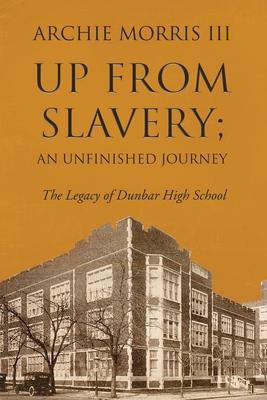For a period of 85 years, the M Street/Dunbar High School was an academically elite, all-black public high school in Washington, D.C. As far back as 1899, its students came in first in citywide tests given in both black and white schools. Over this 85-year span, approximately 80 percent of M Street/Dunbar's graduates went on to college, even though most Americans, white or black, did not attend college at all. Faculty and students were mutually respectful to one another, and disruptions in the classroom were not tolerated. Yet, in this era of best practices, this public high school, whose founders experienced slavery and segregation firsthand, has received virtually no attention in the literature or in policy considerations for inner-city education. The purpose of this study is to explore the history of a high school that was successful in teaching black children from families at all income levels to excel and to determine if the learning model employed in the past could be successful in a modern inner-city public education environment.

Up from Slavery; an Unfinished Journey: The Legacy of Dunbar High School
For a period of 85 years, the M Street/Dunbar High School was an academically elite, all-black public high school in Washington, D.C. As far back as 1899, its students came in first in citywide tests given in both black and white schools. Over this 85-year span, approximately 80 percent of M Street/Dunbar's graduates went on to college, even though most Americans, white or black, did not attend college at all. Faculty and students were mutually respectful to one another, and disruptions in the classroom were not tolerated. Yet, in this era of best practices, this public high school, whose founders experienced slavery and segregation firsthand, has received virtually no attention in the literature or in policy considerations for inner-city education. The purpose of this study is to explore the history of a high school that was successful in teaching black children from families at all income levels to excel and to determine if the learning model employed in the past could be successful in a modern inner-city public education environment.